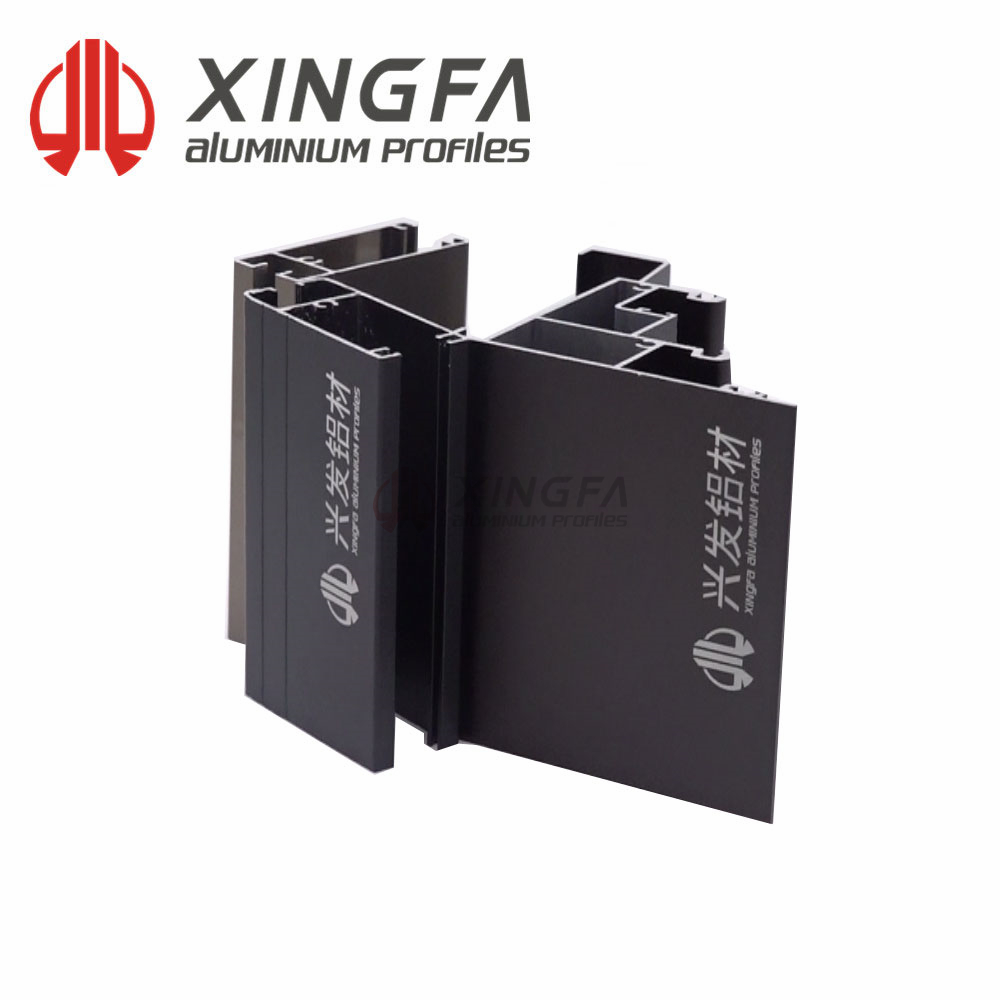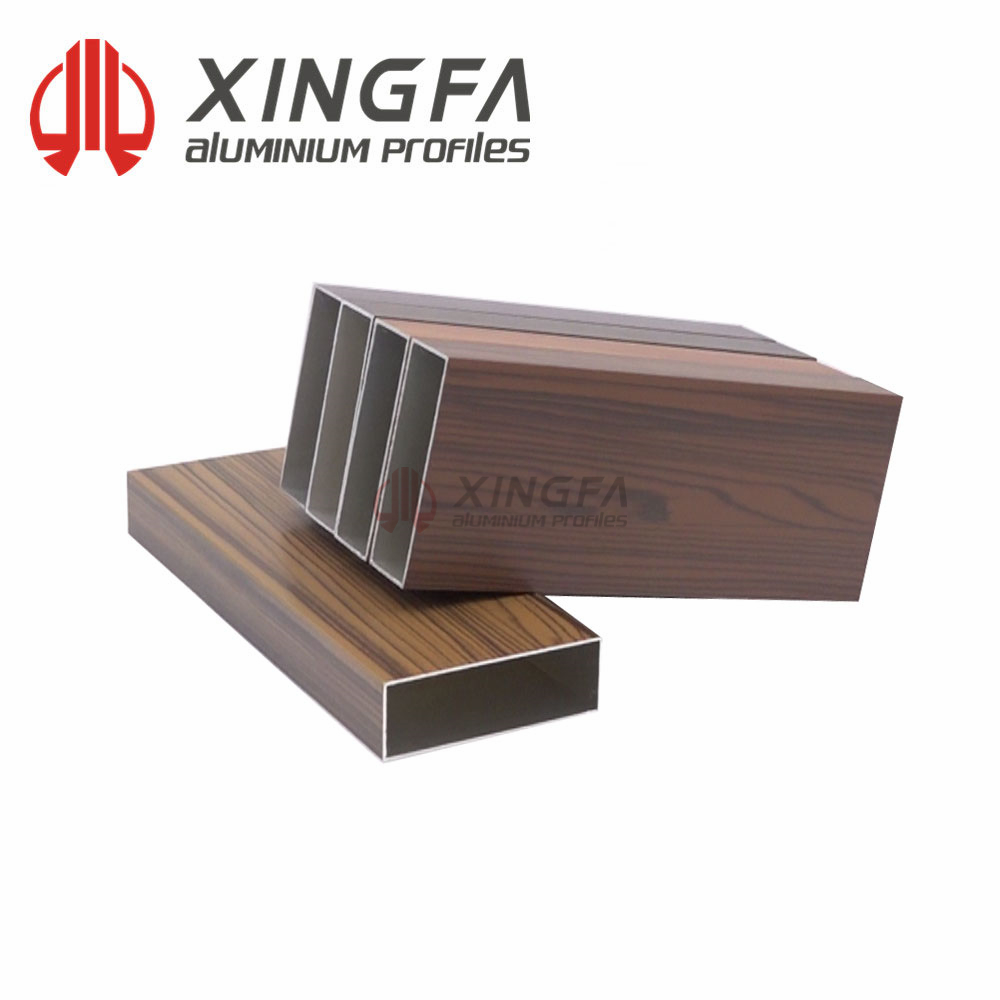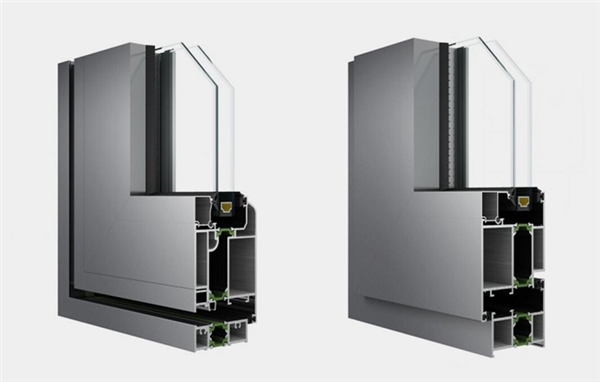You cannot tell the glass facade construction or the curtain wall thickness just by looking at a curtain wall diagram. The aluminum wall with glass panel has a unique texture, rich and long-lasting color, and can be diversified in appearance and shape, and can also be perfectly combined with glass curtain wall materials and metal frame glass wall materials. Its perfect appearance and excellent quality make it popular with the owners. Its lightweight is only one-fifth of the marble, one-third of the glass curtain wall, which greatly reduces the load on the building structure and foundation and the maintenance cost, making it cost-effective.
For the aluminum curtain wall currently used in China, most of them are composite curtain wall infill panels and aluminum alloy veneers.
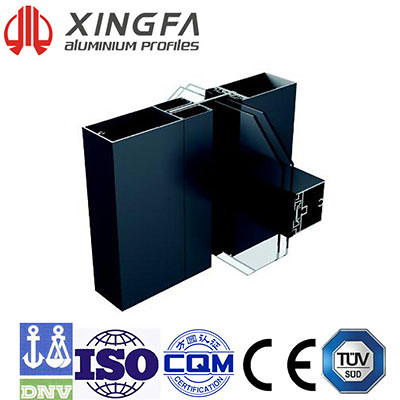

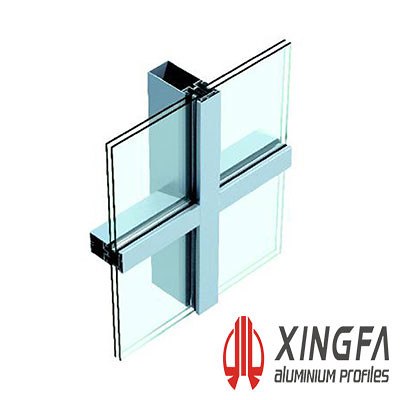

The standard thickness of the aluminum curtain wall is as follows:
The composite curtain wall is made of two layers of 0.5mm pure aluminum plate (0.2 to 0.25mm for indoor use) and polyethylene (PE or PVC) with a thickness of 3 to 4mm in the middle layer. The product is of a certain specification. The plate, such as 1220mm×2440mm. The fluorocarbon paint on the surface of the composite aluminum plate for external use is also completed by roll coating and rolling, and the thickness of the coating is generally about 20μm. There are glass curtain wall advantages and disadvantages. The advantages of the composite aluminum plate are lightweight, smooth surface, good flatness, and no color difference in the same direction and excellent on-site processability, providing conditions for dealing with changes in external wall dimensions caused by on-site unitized curtain wall installation errors, reducing shop cycle time and shortening installation schedules.
The aluminum alloy veneer is generally 2-4mm aluminum alloy plate. After the sheet metal work is completed, the fluorocarbon paint is sprayed. Generally, there are two coats and three coats, and the film thickness is 30-40μm. The aluminum alloy veneer is easy to process into curved and multi-folded or acute angles, which can adapt to the needs of today’s ever-changing exterior wall decoration, and it is rich in color. It can be arbitrarily selected according to the design and the owner’s requirements, which truly broadens the design space of the architect.
After reading this blog, do you want to learn more about us? Please contact us for further information.
